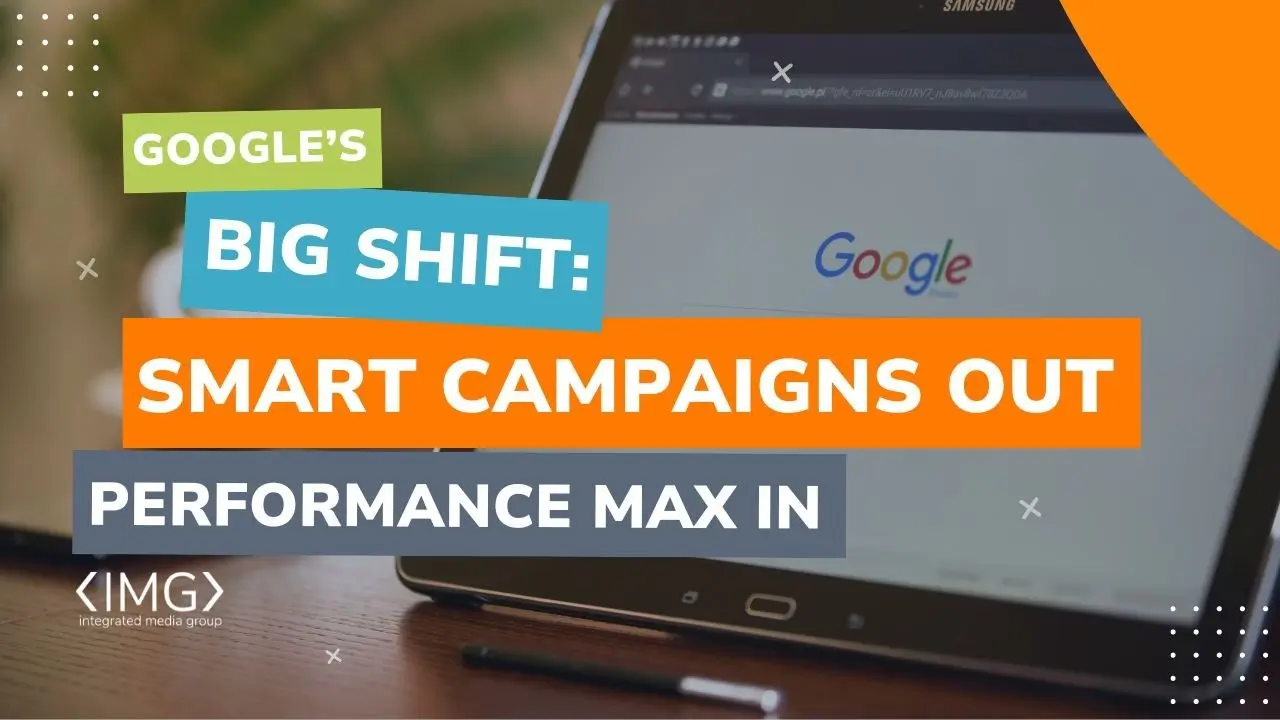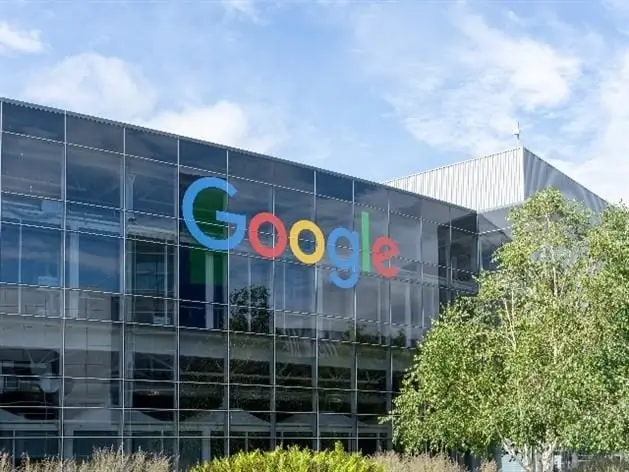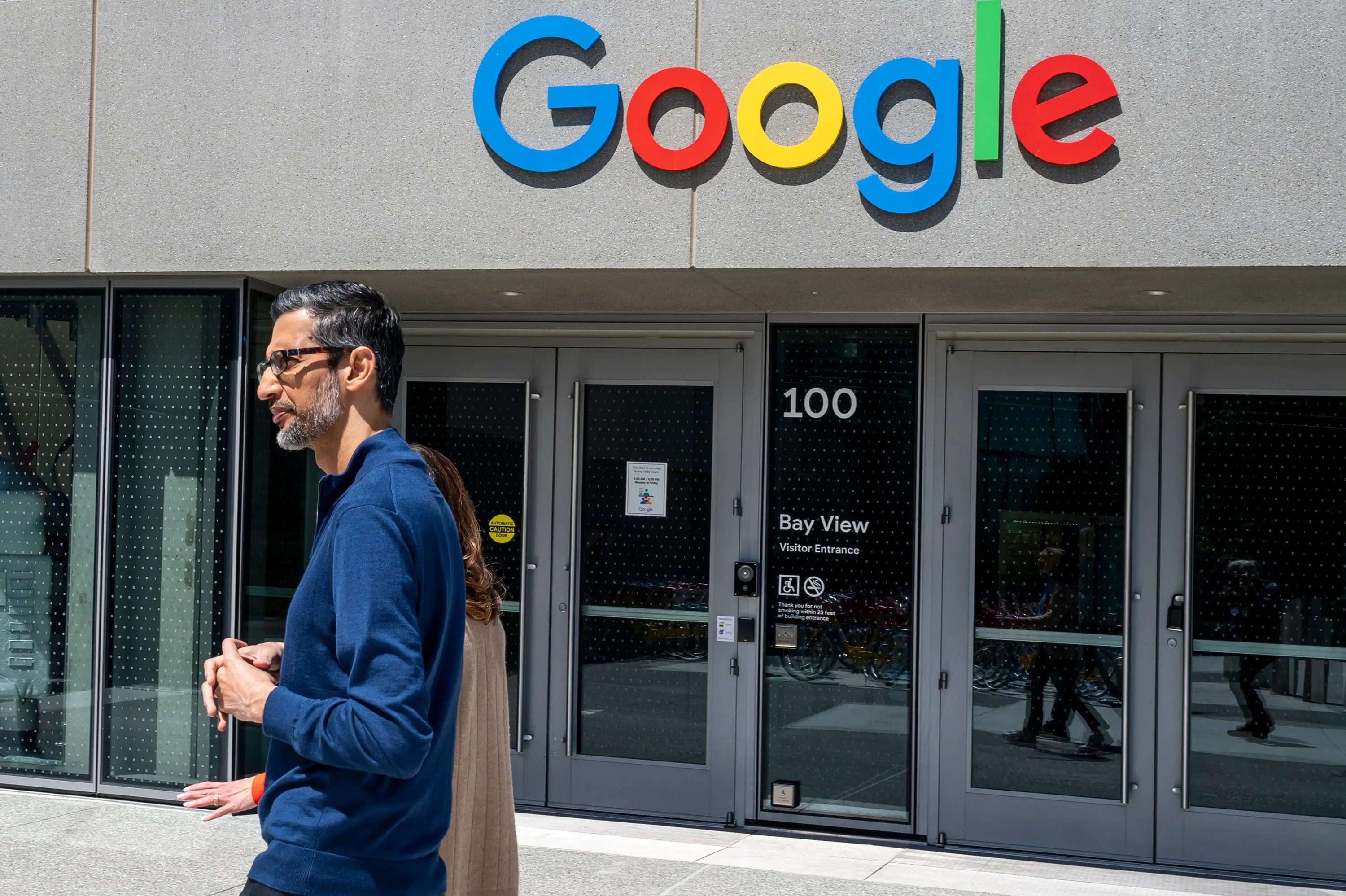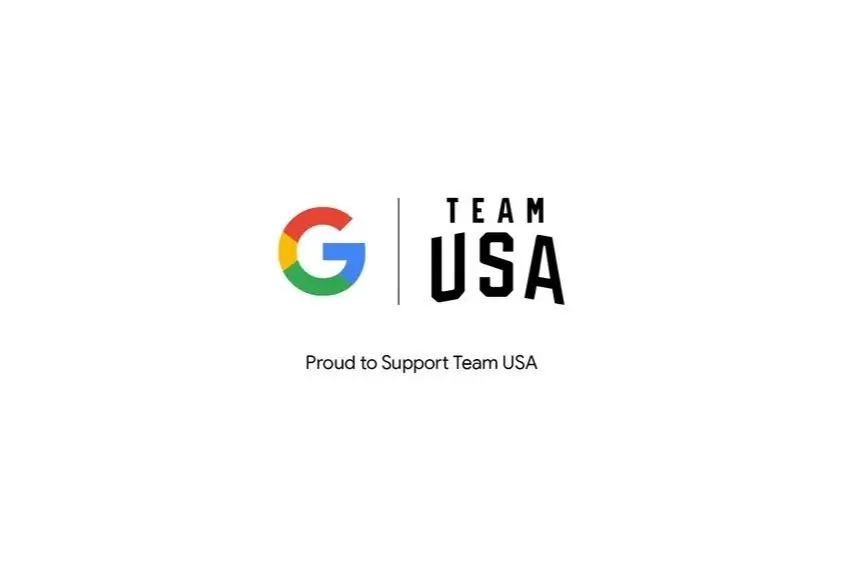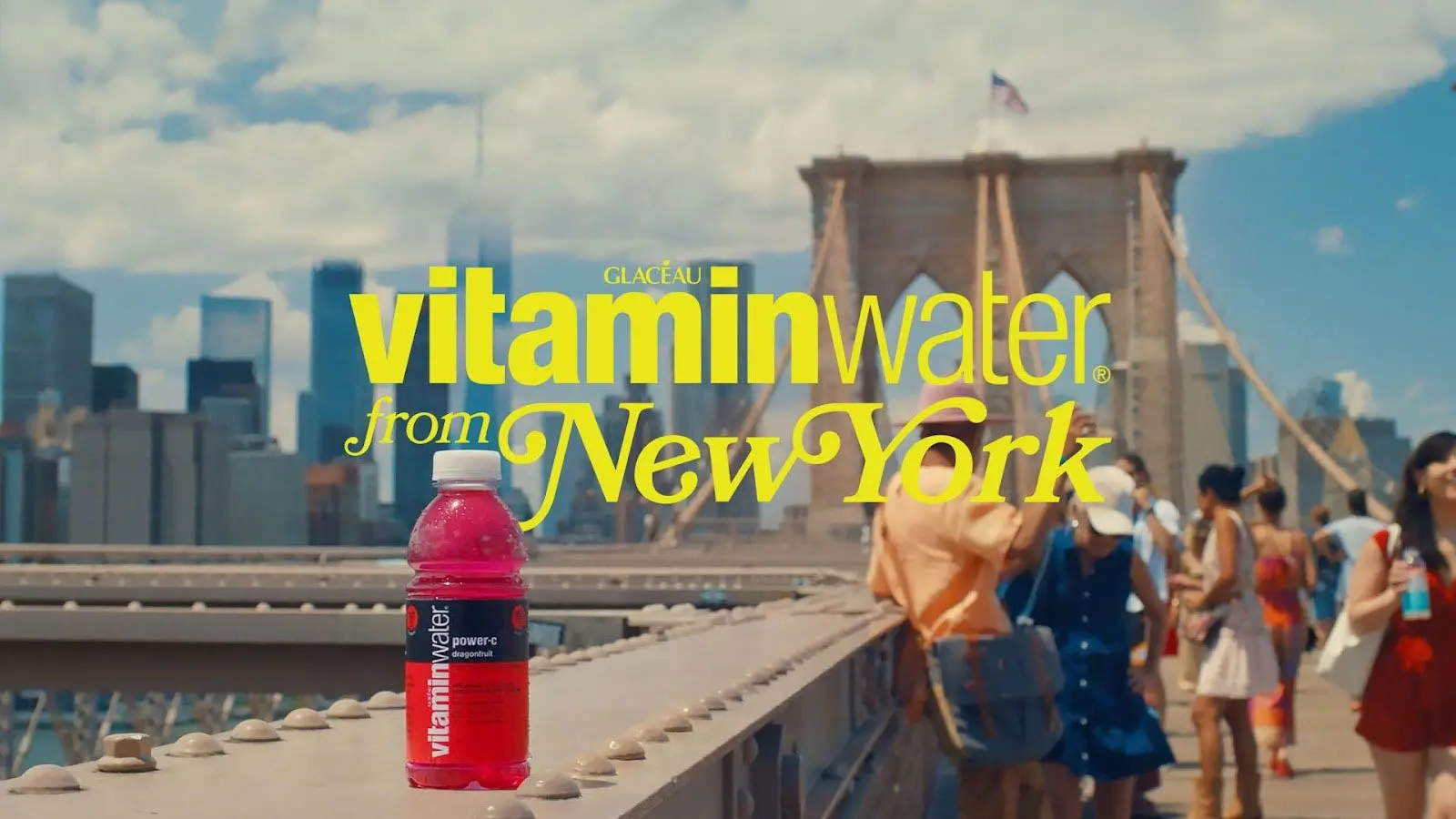Internal research indicates that ad campaigns perform better without exclusions. Earlier this year, Meta quietly removed the option to use detailed targeting exclusions in all new campaigns. While Meta didn’t make an official announcement until last week, they unintentionally tipped off advertisers about the change in May by sending out a note by mistake.

As illustrated in the image, the detailed targeting exclusions previously allowed advertisers to exclude specific groups from their ad audience based on demographics, interests, or behaviors. Although this feature was intended to help advertisers fine-tune their target audience, Meta’s research has revealed that these exclusions actually hinder ad performance over time, contrary to the initial belief that they would enhance it.
Meta’s ad targeting systems, driven by its advanced AI, have become significantly more effective at delivering the right ads to the right users at the optimal time, leading to better campaign results overall. As a result, using ad exclusions is now more of a drawback than a benefit.
In fact, Meta reports that in their tests, removing detailed targeting exclusions led to a 22.6% improvement in the median cost per conversion for ad campaigns.
So even if you believe you know which audiences to exclude, Meta is essentially suggesting that you might be mistaken and that it’s better to trust their systems to find the right audience for your ads.
Meta initially announced changes to its ad targeting exclusions back in January, when it removed and consolidated some options due to low usage. Then, in May, Meta sent out a notification to advertisers stating that targeting exclusions would be removed entirely by June 28. However, they later clarified that this message was sent in error and that there were no immediate plans to eliminate the option.
Meta ultimately followed through and removed the detailed targeting exclusions just a month later, indicating a swift change in plans.
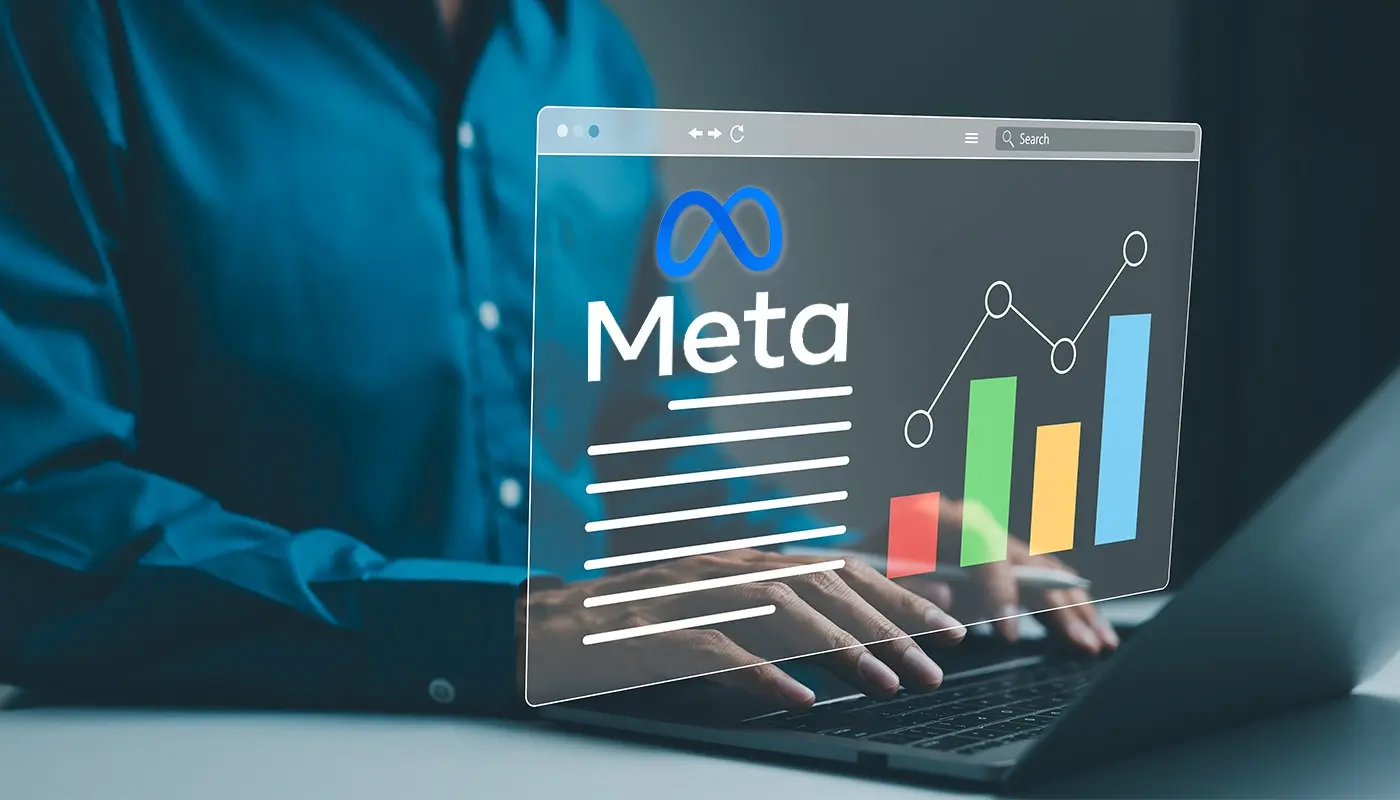
According to Meta, these exclusions are no longer available for new ad campaigns. However, existing campaigns that currently use audience exclusions will continue to run as normal until January 31, 2025.
“From January 31st, we will stop delivery on campaigns using detailed targeting exclusions. You will see a warning banner if this happens,” Meta stated.
Meta also pointed out that advertisers still have other exclusion options available, such as custom audience exclusions and the audience controls within account-level advertising settings. These tools allow advertisers to restrict audiences for purposes like brand protection or employment-related exclusions.
